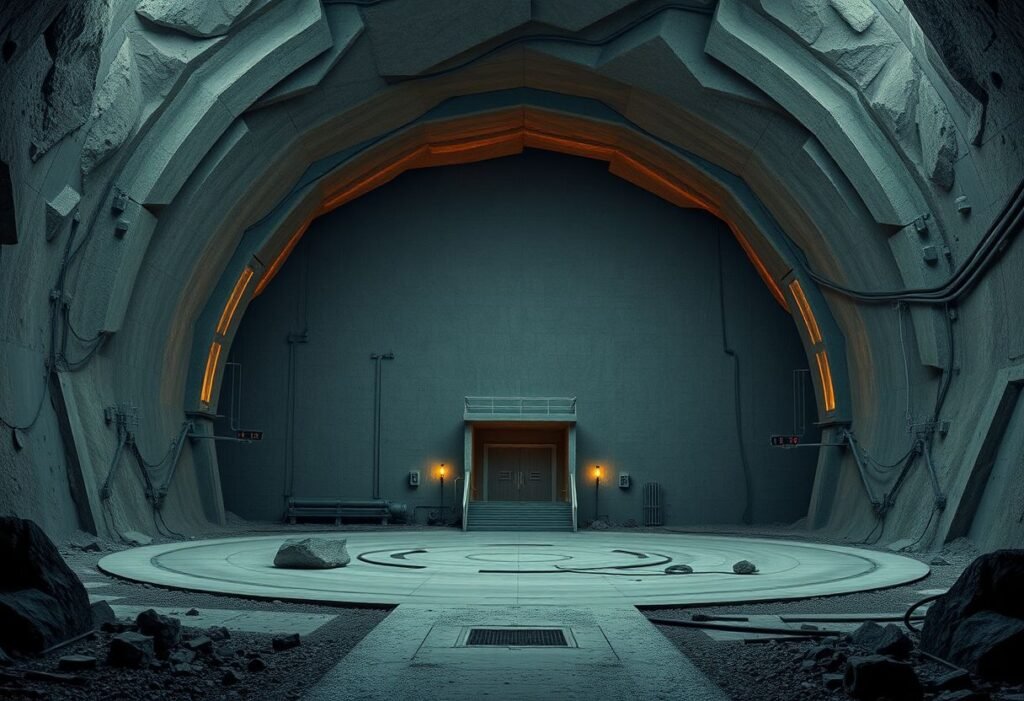The innovation surrounding nuclear reactors positioned deep underground presents a transformative approach to sustainable energy. By addressing crucial economic and safety challenges within the nuclear power sector, this method promises to deliver safe, reliable, and affordable electricity.
Innovative Design of Deep Underground Reactors
The concept revolves around constructing a nuclear reactor that measures less than 30 inches in diameter, which can be sent down a drilling shaft extending a mile deep. This groundbreaking design minimizes the risk of accidents associated with traditional nuclear reactors while significantly enhancing safety measures. Moreover, the limited size of the reactor facilitates efficient installation and maintenance, making it an attractive option for energy developers. The underground location reduces public exposure to radiation, thereby alleviating societal concerns about nuclear energy facilities.
Economic Advantages of Underground Nuclear Power
Nuclear energy has often confronted public skepticism due to historic safety breaches. However, this novel underground reactor design could lead to lower operational costs and enhanced energy efficiency. By being positioned a mile beneath Earth’s surface, the reactors can leverage geothermal heat and provide a steady energy output with minimal environmental impacts. The cost-effectiveness of transportation, installation, and overall maintenance might decrease energy prices, making nuclear power more competitive against alternative energy sources, such as fossil fuels and renewables.
Environmental Impact and Sustainability
One of the significant advantages of deploying underground nuclear reactors is their potential positive impact on the environment. Traditional nuclear power plants usually occupy vast landscapes, whereas these innovative reactors can be integrated into less intrusive footprints. Moreover, they could operate alongside renewable energy sources, creating a more balanced and sustainable grid. Their capacity to provide baseload energy eliminates the intermittency often associated with solar or wind energy production, thereby fostering a more resilient power structure.
Safety Enhancements in Deep Fission Technology
The Deep Fission reactors borrow proven technologies from the conventional nuclear framework while incorporating advanced safety protocols. Buried deep underground, the likelihood of a catastrophic event, such as a meltdown, decreases significantly. Furthermore, by utilizing monitored access and advanced control systems, energy operators can ensure that these reactors function efficiently and safely. Researchers believe that these safety innovations will transform nuclear energy’s public perception and create a new era of understanding surrounding its benefits.
Future of Nuclear Energy Innovation
The success of underground nuclear reactors could pave the way for further innovations within the nuclear energy sector. As technological advancements continue, integrating contemporary robotics and automation might streamline operations further while enhancing efficiency. The shift toward underground facilities highlights the industry’s proactive stance on addressing long-standing challenges surrounding safety and public acceptance. This visionary approach creates exciting prospects for nuclear energy’s evolution, ensuring its relevance in a world increasingly in need of sustainable energy solutions.
The Global Landscape of Energy Production
As the world grapples with escalating energy demands and the urgent need to transition to clean energy, the advent of underground nuclear reactors could represent a pivotal change in the power generation landscape. By providing reliable and economically advantageous electricity solutions, these innovative designs might inspire a new generation of power strategy. Overall, Deep Fission’s groundbreaking approach is setting a promising precedent for global energy initiatives and investment in nuclear research.
Disclaimer: The information presented in this article is for informational purposes only and does not constitute professional advice.





















